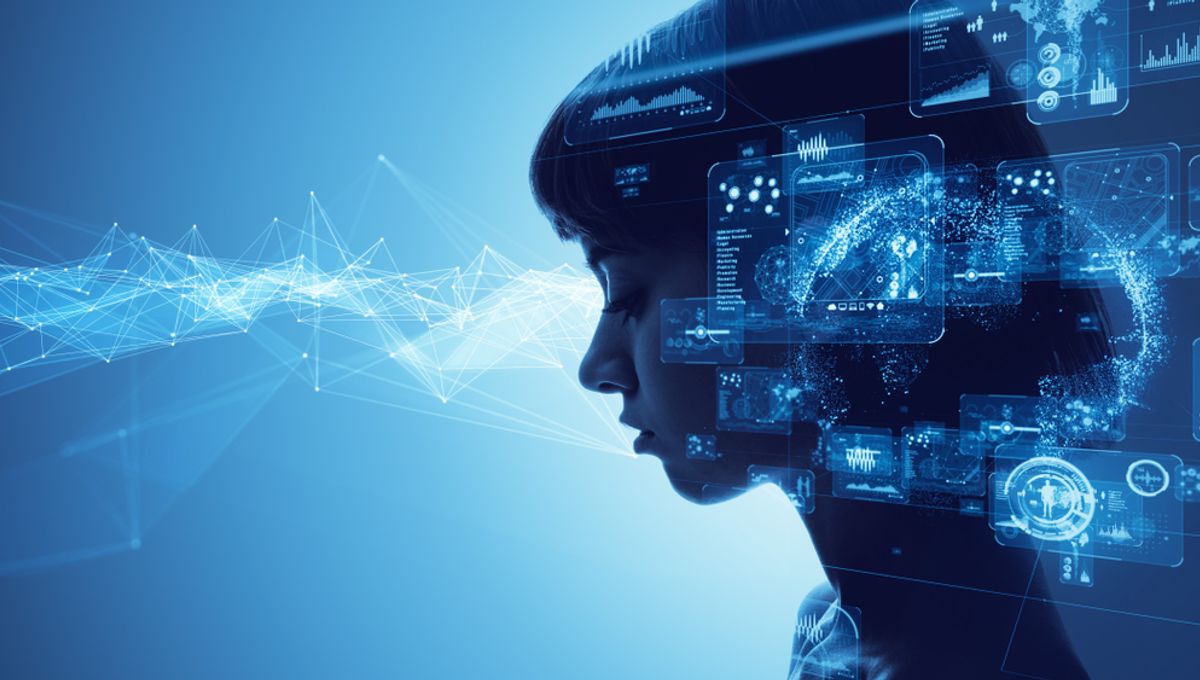Artificial intelligence (AI) will reach the singularity. The exciting news is that, according to Ray Kurzweil, you just need to hold on for the next seven years to have a chance at living forever.
In 2010, Kurzweil even reviewed his own predictions from 20 years prior to see how they were faring. Out of the 147 predictions he made in 1990 about the years leading up to 2010, 115 were proven to be “entirely correct,” 12 were essentially correct, and only 3 were entirely wrong.
Of course, Kurzweil has made some incorrect predictions, like his belief that self-driving cars would be in use by 2009.
“2029 is the consistent date I have predicted for when an AI will pass a valid Turing test and therefore achieve human levels of intelligence,” Kurzweil told Futurism in 2017. “I have set the date 2045 for the ‘Singularity,’ which is when we will multiply our effective intelligence a billion-fold by merging with the intelligence we have created.”
When it comes to immortality, Kurzweil believes that by 2045, we will have achieved the “Singularity” and multiplied our intelligence a billion-fold by merging with the AI we have created.
Kurzweil, a renowned futurist, envisions a future where human life expectancy will increase by more than a year every year by 2030. This progress towards the singularity includes the use of nanobots that will flow through our bloodstream, repairing our bodies and connecting our brains to the cloud. Imagine being able to send videos or emails directly from your brain! Additionally, we will have the ability to back up our memories. It’s an exciting prospect that Kurzweil believes will make us funnier, sexier, and better at expressing love.
In a 2015 interview, Kurzweil stated, “If I want to access 10,000 computers for two seconds, I can do that wirelessly, and my computational power multiplies itself in the cloud ten thousand fold. That’s what we’re gonna do with our neocortex.” He envisions a future where our neocortex, the part of our brain responsible for higher-level thinking, can tap into the immense computational power of the cloud.
Nanobots have already shown promise in delivering drug payloads to brain tumors. However, significant advancements will be needed in the next few years to achieve Kurzweil’s vision within the next seven years. The possibilities of brain-computer interfaces and the integration of technology with our minds are truly mind-boggling. The future holds endless possibilities for human potential and advancement.Interfaces have come a long way, with paralyzed patients now able to spell out sentences using only their minds and monkeys finally playing Pong. However, we still have a ways to go before we reach the future envisioned by Kurzweil, where human-AI interactions are seamless. Only time will tell if his predictions come true. Luckily, according to him, we’ll have plenty of time.
(Note: An earlier version of this article was published in March 2023.)








